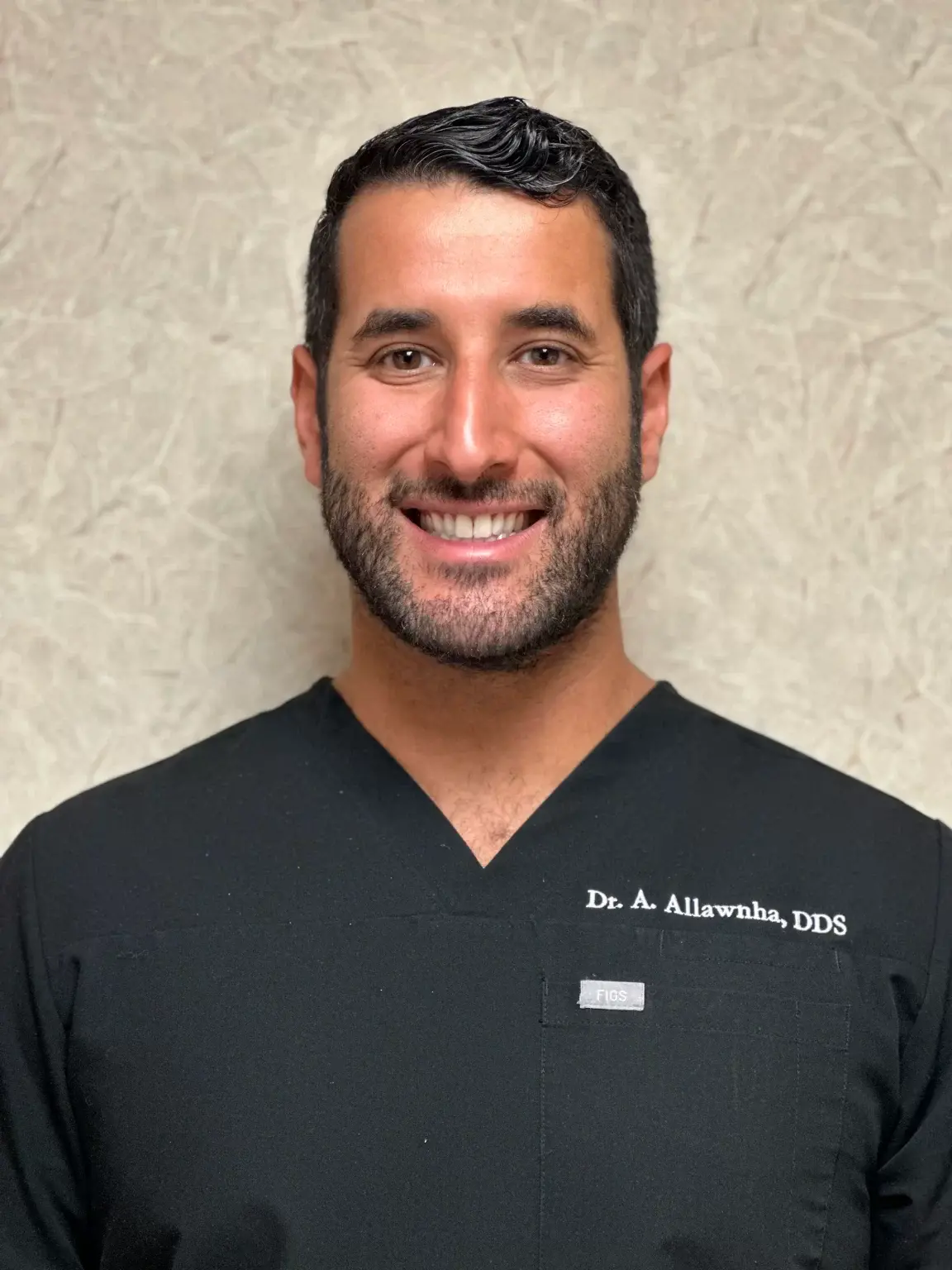Flossing teeth, like brushing, is one of the most important parts of oral hygiene. It cleans out any dislodged food residue between your teeth, eliminates bacteria and prevents plaque from developing. Plaque is a thick, sticky substance that develops on the teeth, encouraging the growth of bacteria that cause cavities and gum disease.
Everybody brushes their teeth on a daily basis, but not everybody flosses. Studies show that four out of ten Americans floss daily, and 20% of the total population never does.
Brushing is not enough to keep your teeth safe from cavities. That’s why knowing how to floss correctly is important to protect your teeth and gums from any damage. There are many benefits of flossing, so here is everything you need to know about how to floss your teeth effectively.
Tips for Flossing Teeth
Flossing teeth will not be effective unless done properly. Here is a step-by-step process for doing it right.
1. Choose the Right Floss
There are many different types of floss to choose from. Make sure to pick the one that meets your needs. There are some ways to know that a certain type of floss will be the best for you, such as strength, elasticity, and many more. If you usually have a hard time using both hands, there are types of floss that do not require the use of both hands when flossing teeth. Make sure to talk to your dentist about your issues, so you can get a recommendation on which type is best for you.
2. Dispense Properly
The average length of floss you should consume for every use is 18-inches long. Pinch it between your fingers at about one inch from each end using your finger and thumb.
3. Begin Flossing
Gently lead the floss between your teeth in a back-and-forth motion. Remember to be gentle and make sure that you hold the floss properly to prevent it from snapping, because this may cause trauma to the gums and even to the tooth itself.
4. Learn How to Angle Correctly
The right angle of the floss is a c-shape, hugging both sides of the tooth. Slide the floss up and down the surface of the tooth gently, and make sure that it goes all the way below the gum line to be sure that you scraped the whole surface. You must also know how to floss back teeth and how to angle the floss correctly to do so effectively.
5. Floss in Between the Teeth
The main purpose of flossing is to make sure that all the food residue in between the teeth is scraped off. In order to do that, you must know which teeth to floss. Try doing a clockwise direction, from the upper molar to the left side of the mouth, and ending with the lower molars. This will make sure that all of the remaining food and bacteria in your teeth are eliminated.
6. Brush Your Teeth
As discussed earlier, brushing and flossing teeth must be done together. When you are done flossing, make sure that you follow it with a brush. There are no reliable studies that prove whether one is better than the other, but it is proven that doing both brushing and flossing is the best way to make sure that your mouth and teeth are clean and safe from bacteria and cavities.
Flossing with Braces
Now that you know the correct method for flossing your teeth, it is just as important to know the best way to floss with braces. This process can be tricky because it takes more time, and a different type of floss. Choose waxed floss, to prevent the likelihood of constant tearing and avoid it from getting stuck in your bracket.
- Get about 18 inches of the waxed floss.
- Thread the floss in between the teeth and the main wire, twisting the loose ends around your fingers for better movement.
- Gently press the waxed floss in between the teeth and move it up and down to make sure the side of the teeth are scraped properly.
- When flossing the upper teeth, make an upside-down, U-shaped angle with the floss until you reach the gum line, then glide the floss down the side of the tooth.
- Gently remove the floss from behind the wire of the brace.
- Move on to the next tooth while doing the same technique.
Flossing teeth must always be a part of your daily routine to make sure that your teeth and gums are maintained and are always healthy. Just make sure to know what type of floss you need, and ask your dentist if you are doing it right.
At Century Dental, we have the best dentist in Treasure Island, FL. Visit our clinic so we can get started taking good care of your teeth and gums. Stop infection and oral diseases before they happen. Book your appointment now!





